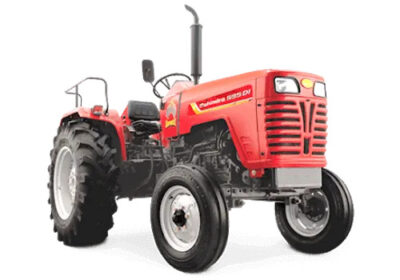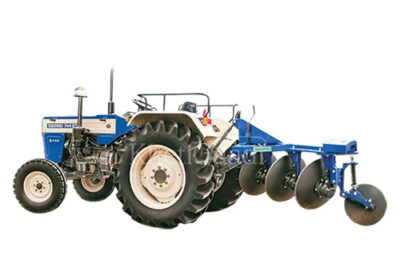Agriculture has always been the backbone of India’s economy, providing livelihoods to a significant portion of the population. Among the various agricultural practices gaining traction, greenhouse farming is emerging as a crucial innovation. This method of farming is proving to be especially beneficial in the face of climate change and increasing demand for food. In this article, we will explore the concept of greenhouse farming, its types, and its impact on traditional practices such as the cultivation of cash crops in India and the use of technologies like the Happy Seeder.
Understanding Greenhouse Farming
There are different types of greenhouse farming involves growing crops within a controlled environment, which includes temperature, humidity, light, and ventilation. This method helps protect the crops from adverse weather conditions and pests, ensuring a higher yield and better quality produce.
Types of Greenhouses
- Glass Greenhouses: These are traditional structures made of glass. They allow maximum light penetration and are suitable for areas with low sunlight.
- Plastic Greenhouses: These are more affordable than glass greenhouses and can be made from materials like polyethylene. They are lightweight and easier to construct.
- Polycarbonate Greenhouses: These offer better insulation than glass and plastic greenhouses and are highly durable. They provide a balance of light penetration and temperature control.
- Shade Net Greenhouses: These are covered with shade nets that reduce the intensity of sunlight and provide a cooler environment for the crops. They are ideal for growing delicate plants.
Benefits of Greenhouse Farming
– Increased Yield: The controlled environment allows for optimal growth conditions, leading to higher crop yields compared to traditional farming.
– Year-Round Production: Greenhouses enable the cultivation of crops throughout the year, irrespective of external weather conditions.
– Efficient Use of Resources: Water and nutrients can be efficiently managed and recycled within a greenhouse setup, reducing waste and cost.
– Pest and Disease Control: The enclosed environment helps in preventing pest infestations and the spread of diseases, reducing the need for chemical pesticides.
Greenhouse Farming and Cash Crops
Cash crops like tomatoes, cucumbers, and bell peppers are commonly grown in greenhouses due to their high market demand and profitability. Greenhouse farming ensures these crops are protected from extreme weather and pests, leading to consistent and quality produce that fetches better prices in the market.
Integration with Modern Technologies: The Happy Seeder
The Happy Seeder is a revolutionary agricultural machine that sows seeds without tilling the soil, thus preserving soil health and reducing greenhouse gas emissions. Combining greenhouse farming with the Happy Seeder can further enhance sustainability. For instance, after harvesting a greenhouse crop, the Happy Seeder can be used to sow the next crop without disturbing the soil, promoting better soil structure and fertility.
Conclusion
Greenhouse farming represents a significant advancement in agricultural practices in India. By providing a controlled environment for crop cultivation, it addresses several challenges posed by traditional farming methods, such as climate dependency and pest control. As India continues to innovate and integrate modern technologies like the Happy Seeder with sustainable practices, the future of agriculture looks promising, ensuring food security and economic growth for the nation.






Leave feedback about this